France’s rich history spans over two millennia, with each era leaving behind remarkable monuments that tell fascinating stories of the nation’s past.
From mighty medieval castles to ornate Renaissance châteaux and from ancient Roman ruins to Gothic cathedrals, these landmarks serve as magnificent testimonies to French cultural heritage.
Palace of Versailles
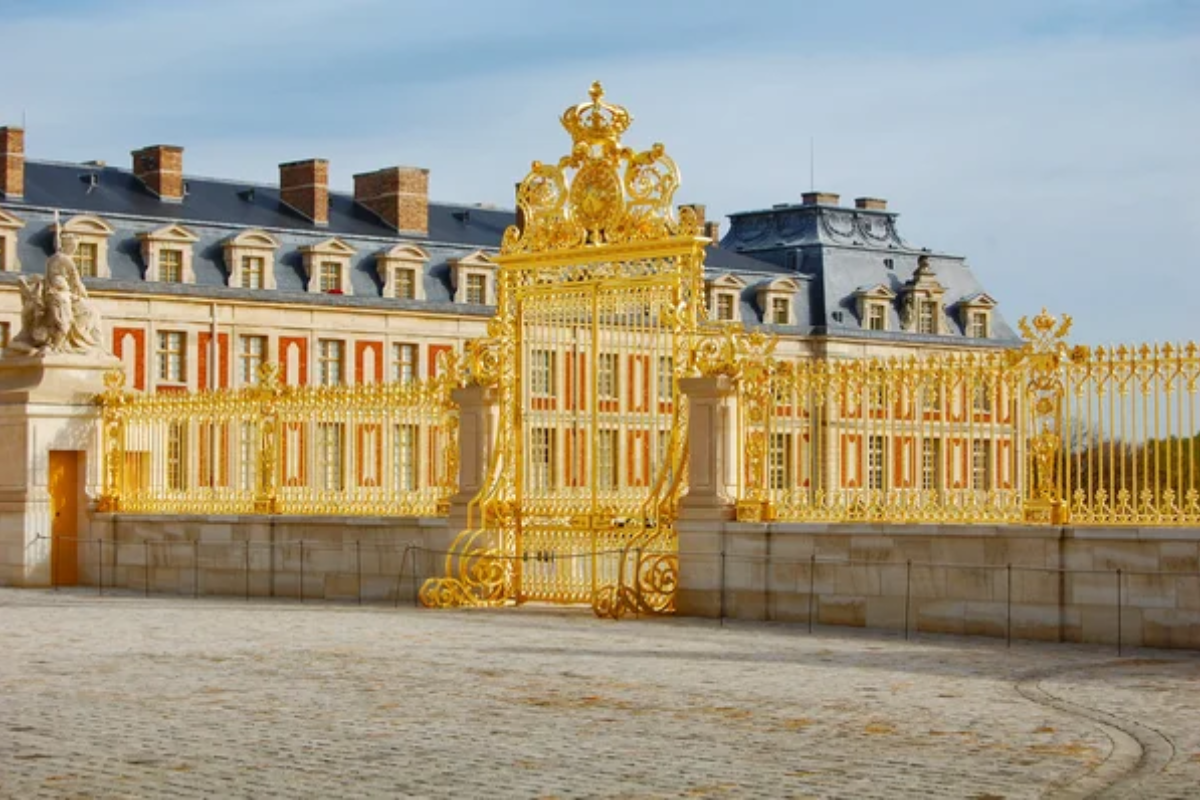
The opulent Palace of Versailles stands as the ultimate symbol of French royal grandeur, commissioned by Louis XIV, the ‘Sun King.’ Its Hall of Mirrors, where the Treaty of Versailles was signed in 1919, reflects the power and artistic excellence of the French monarchy at its height.
The palace’s magnificent gardens, designed by André Le Nôtre, feature elaborate fountains, sculptures, and perfectly manicured geometric patterns.
Mont Saint-Michel
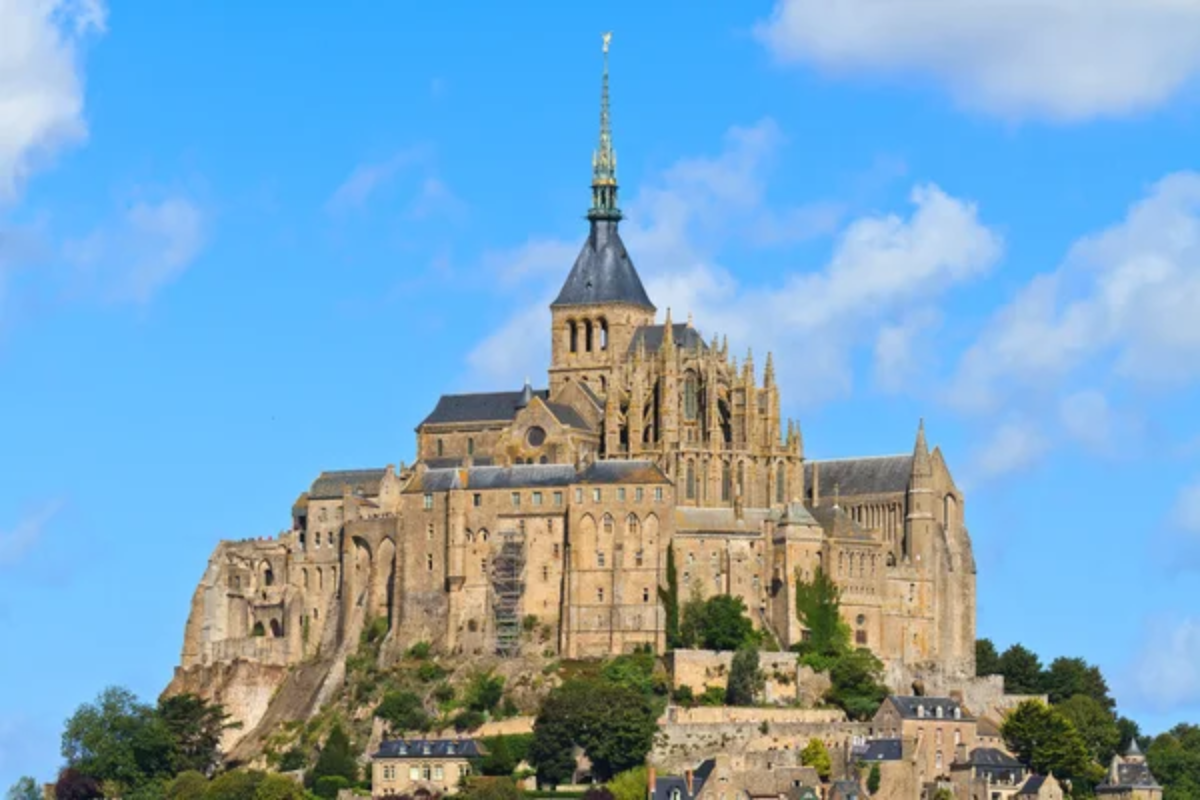
Rising dramatically from the bay where Normandy and Brittany meet, Mont Saint-Michel appears like a medieval mirage on the horizon. The abbey’s construction spanned several centuries, creating a masterpiece of Norman and Gothic architecture that seems to defy gravity.
Twice daily, the surrounding waters rise dramatically, transforming the mount into an island, a spectacle that has captivated pilgrims and visitors for centuries.
Like Travel Pug’s content? Follow us on MSN.
Château de Chambord
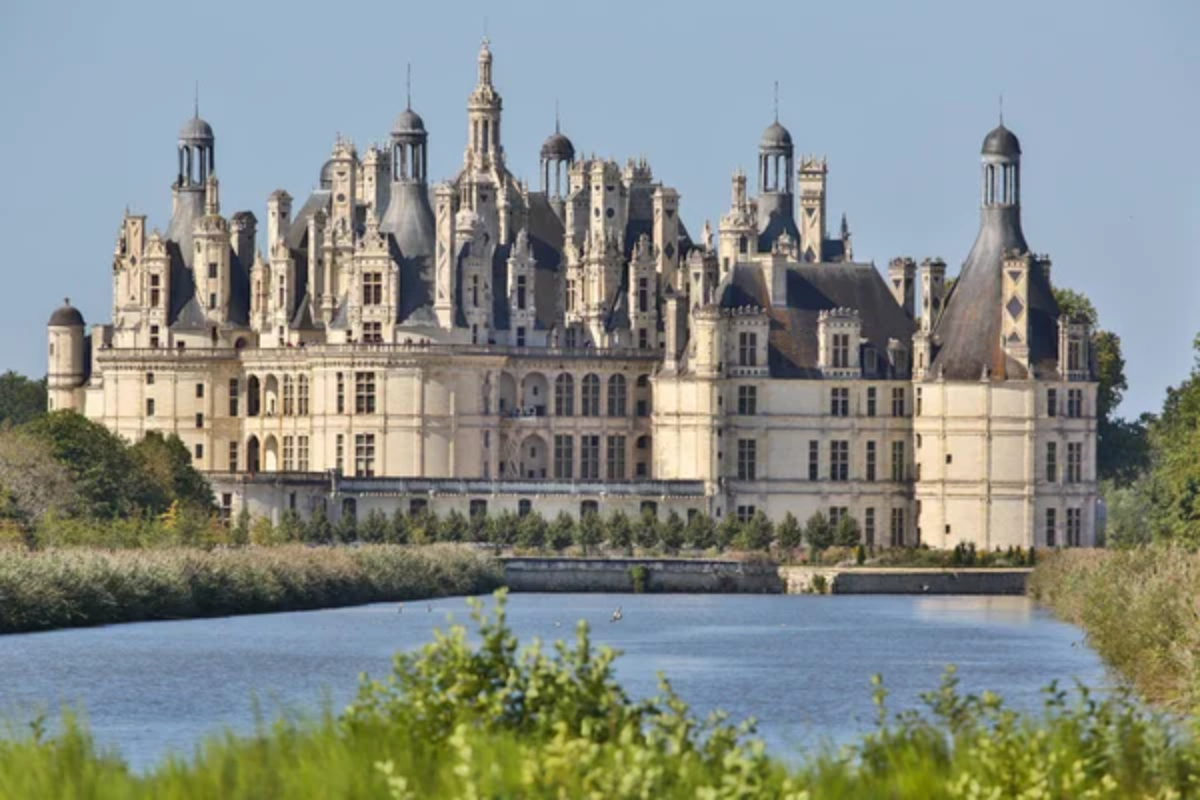
The largest château in the Loire Valley, Chambord represents the pinnacle of French Renaissance architecture with its distinctive French roofline. The castle’s famous double-helix staircase, possibly designed by Leonardo da Vinci, allows two people to climb simultaneously without ever meeting.
The vast estate includes a 13,000-acre park and game reserve, the largest enclosed forest park in Europe.
Notre Dame Cathedral
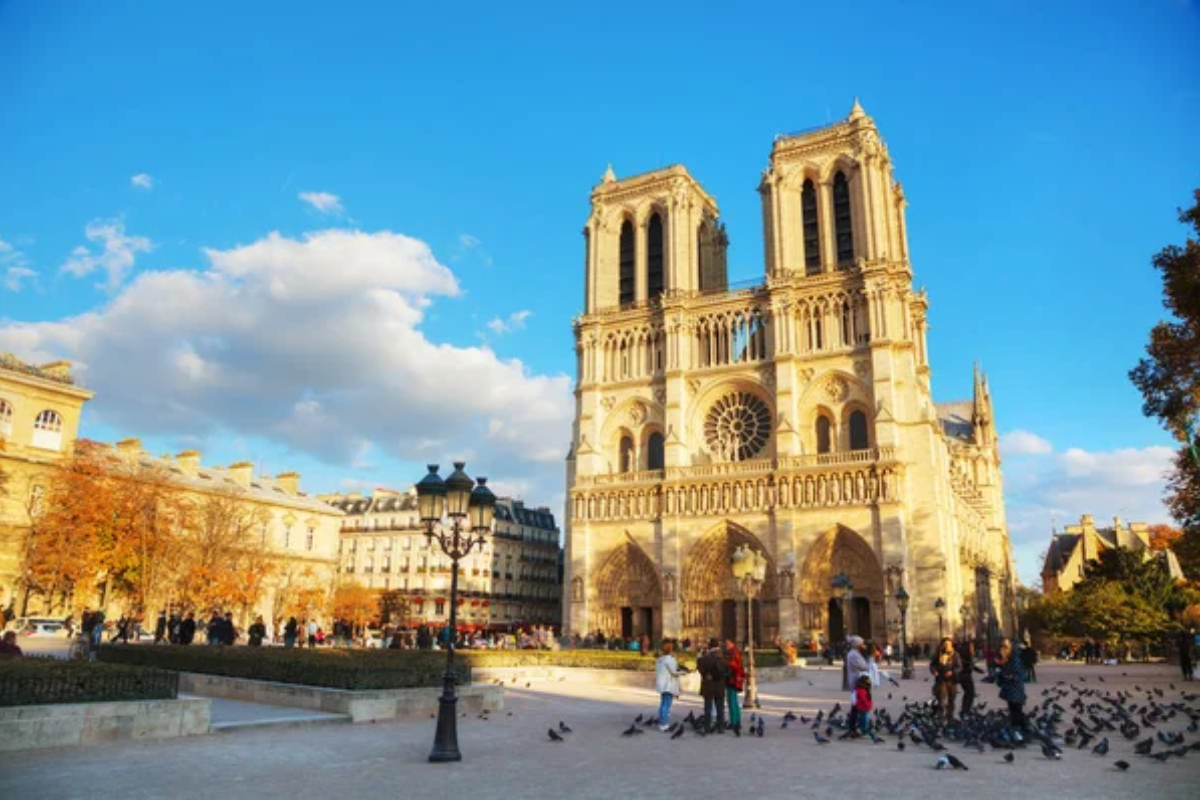
This Gothic masterpiece on the Île de la Cité has witnessed over 850 years of Parisian history, surviving revolutions, wars, and most recently, a devastating fire in 2019. The cathedral’s flying buttresses revolutionized architectural engineering, enabling the construction of taller, lighter walls filled with stunning stained glass.
Notre Dame’s gargoyles and chimeras have become iconic symbols of Paris, watching over the city from their lofty perches.
Pont du Gard
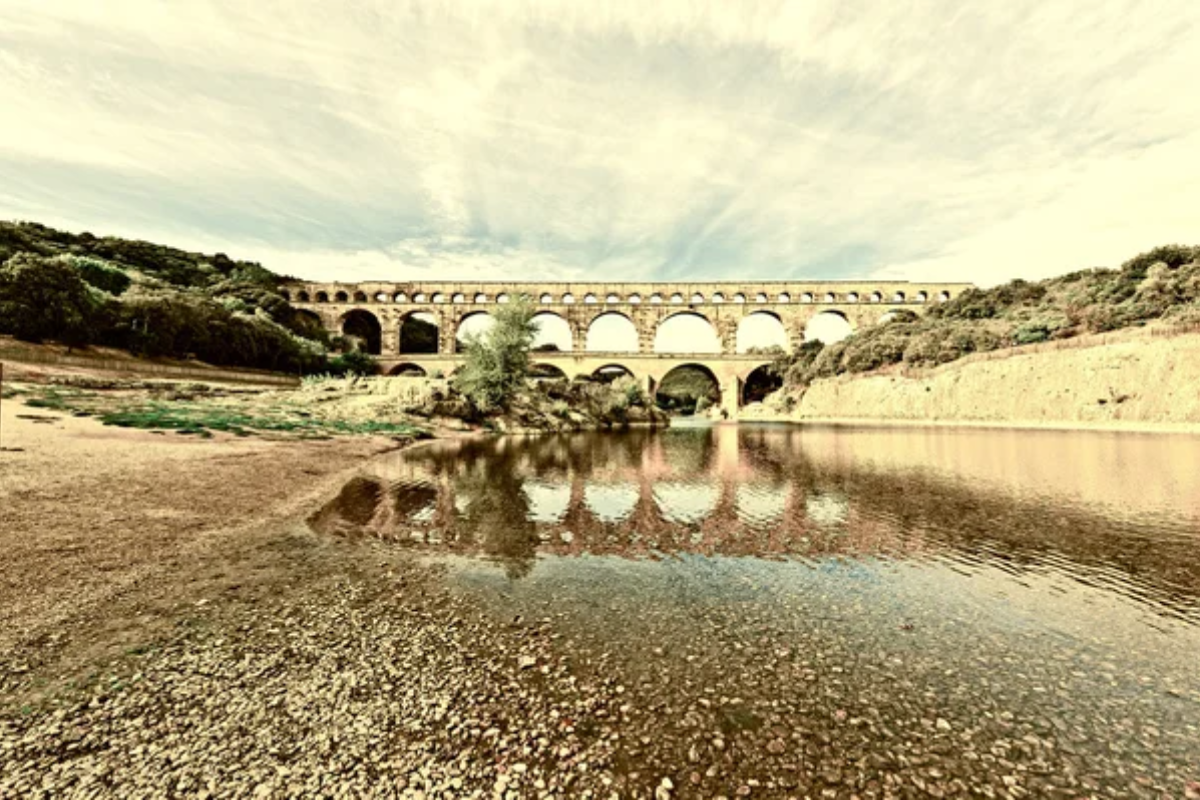
This ancient Roman aqueduct stands as a testament to Roman engineering prowess, rising 160 feet above the Gardon River. The three-tiered bridge once carried 44 million gallons of water daily to the Roman city of Nemausus (modern-day Nîmes).
Its massive stone blocks, fitted together without mortar, have withstood the elements for two millennia.
Like Travel Pug’s content? Follow us on MSN.
Carcassonne
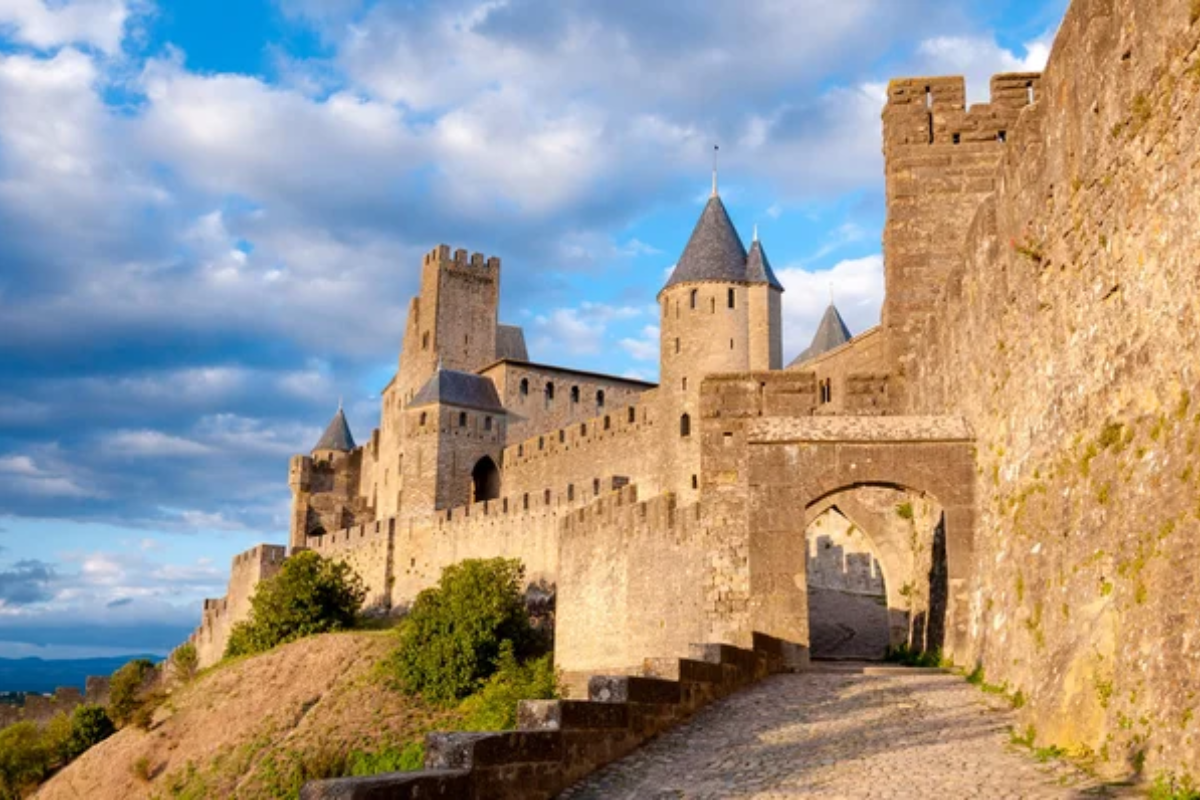
The fortified city of Carcassonne appears to have leaped straight from the pages of a medieval fairy tale, with its 53 towers and double-wall fortifications. The city’s strategic position on ancient trade routes between the Mediterranean and the Atlantic made it a coveted stronghold throughout history.
Its restoration in the 19th century by Viollet-le-Duc saved this extraordinary example of medieval military architecture.
Palace of the Popes
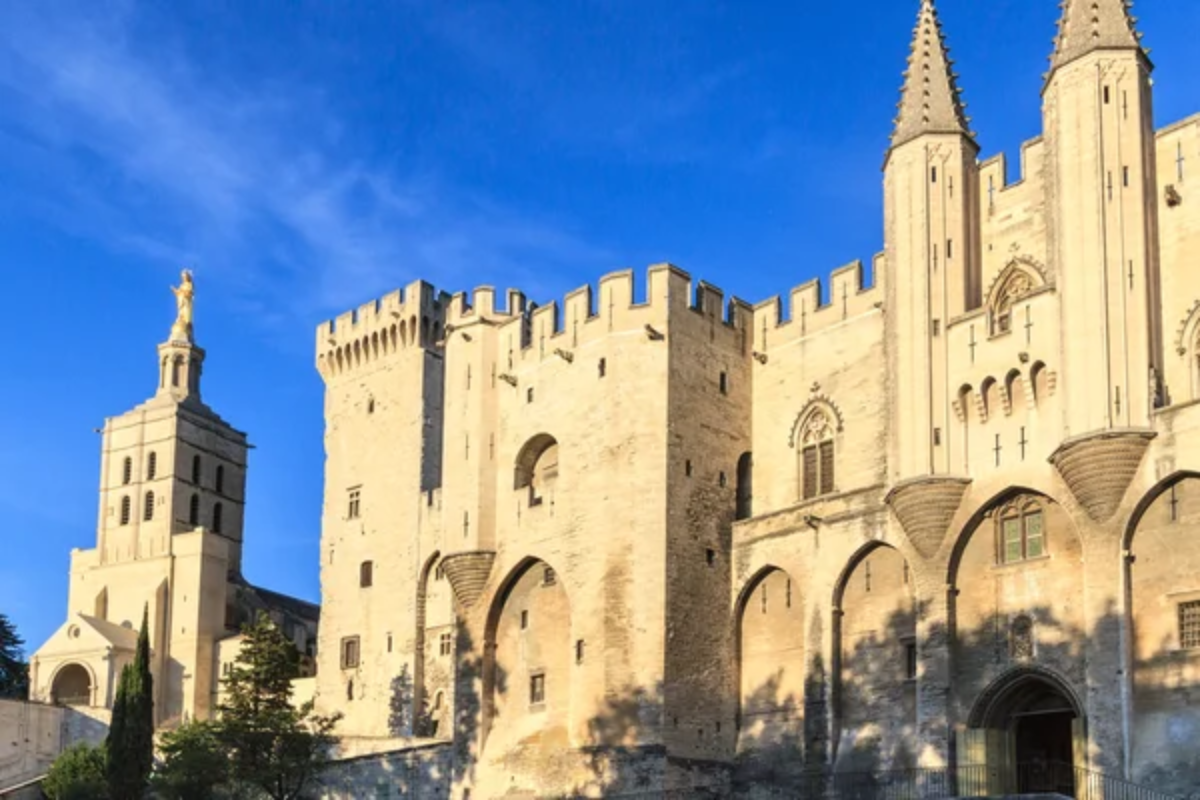
The Palais des Papes in Avignon stands as the largest Gothic palace in Europe, serving as the seat of Western Christianity during the 14th century. The palace’s massive walls, reaching heights of 150 feet, enclose four spectacular wings and over 160 rooms.
Its frescoed chapels and ceremonial halls reflect the power and wealth of the medieval papacy.
Château de Chenonceau
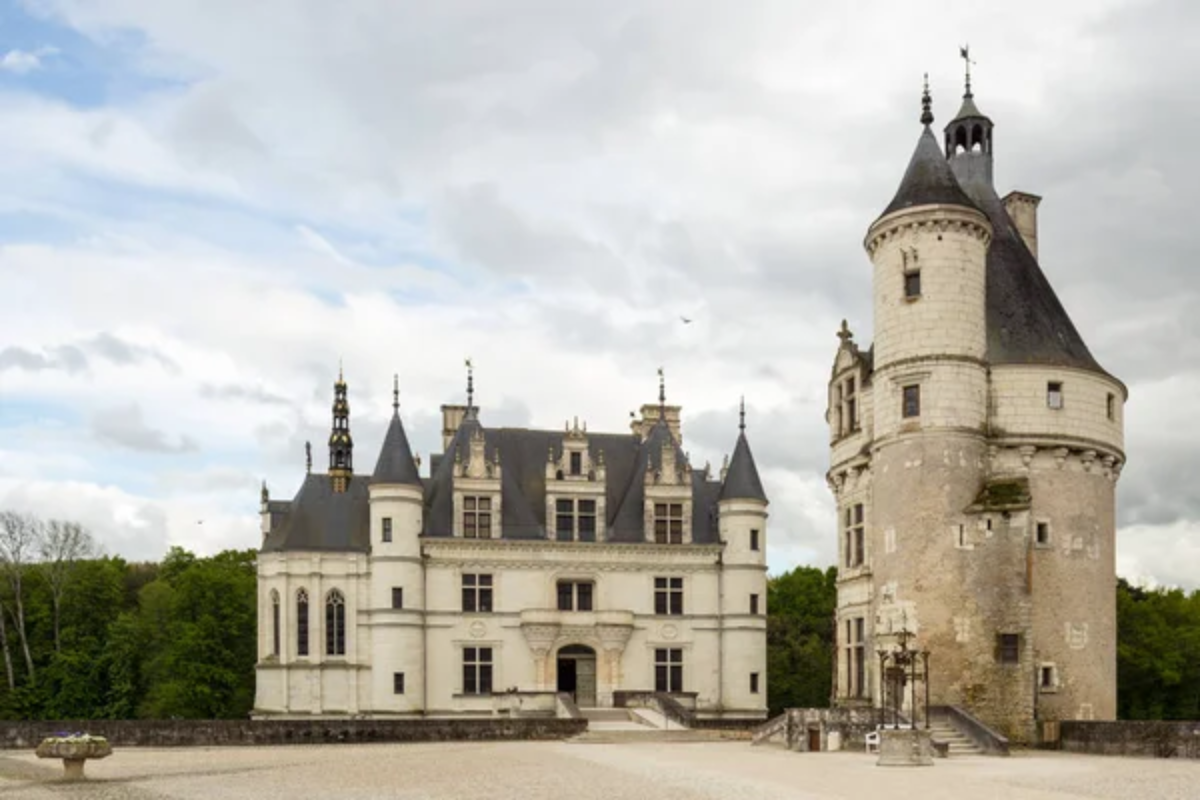
Known as the ‘Ladies’ Château,’ Chenonceau spans the River Cher on graceful arches, creating a mesmerizing reflection in the water below. The château’s unique architecture combines late Gothic and early Renaissance elements, largely shaped by the remarkable women who owned it.
Its formal gardens, designed by Diane de Poitiers and Catherine de Medici, showcase the elegance of French garden design.
Like Travel Pug’s content? Follow us on MSN.
Sainte-Chapelle
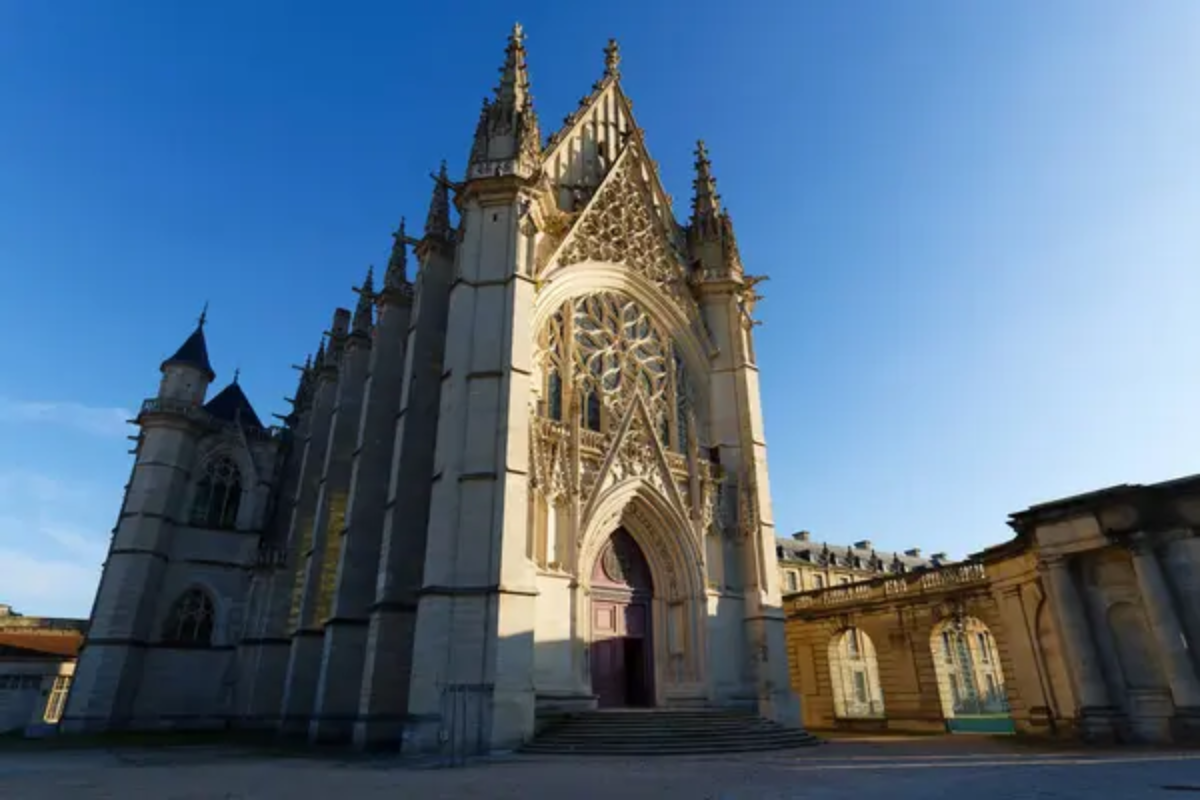
This royal chapel, tucked within the Palais de la Cité in Paris, houses one of the most extensive collections of 13th-century stained glass in the world. The chapel’s 15 towering windows contain 1,113 scenes from the Old and New Testaments, creating a kaleidoscope of biblical stories.
The recently restored glass panels transform sunlight into a heavenly display of colors.
Château de Fontainebleau
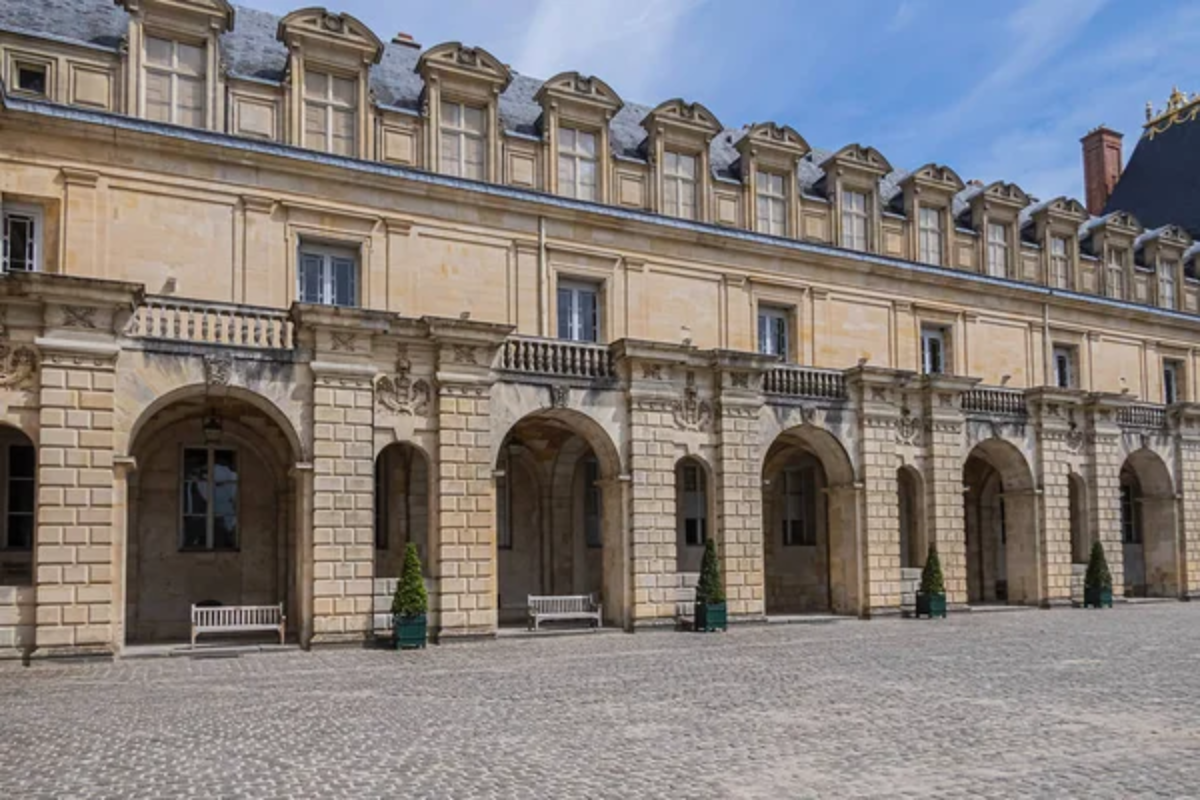
This vast palace served as a residence for French monarchs from Louis VII to Napoleon III, spanning eight centuries of continuous royal occupation. The château’s 1,500 rooms showcase an evolution of French architecture and decorative arts from medieval times through the Second Empire.
Its famous horseshoe-shaped staircase witnessed Napoleon’s farewell to his Old Guard before his exile to Elba.
Les Invalides
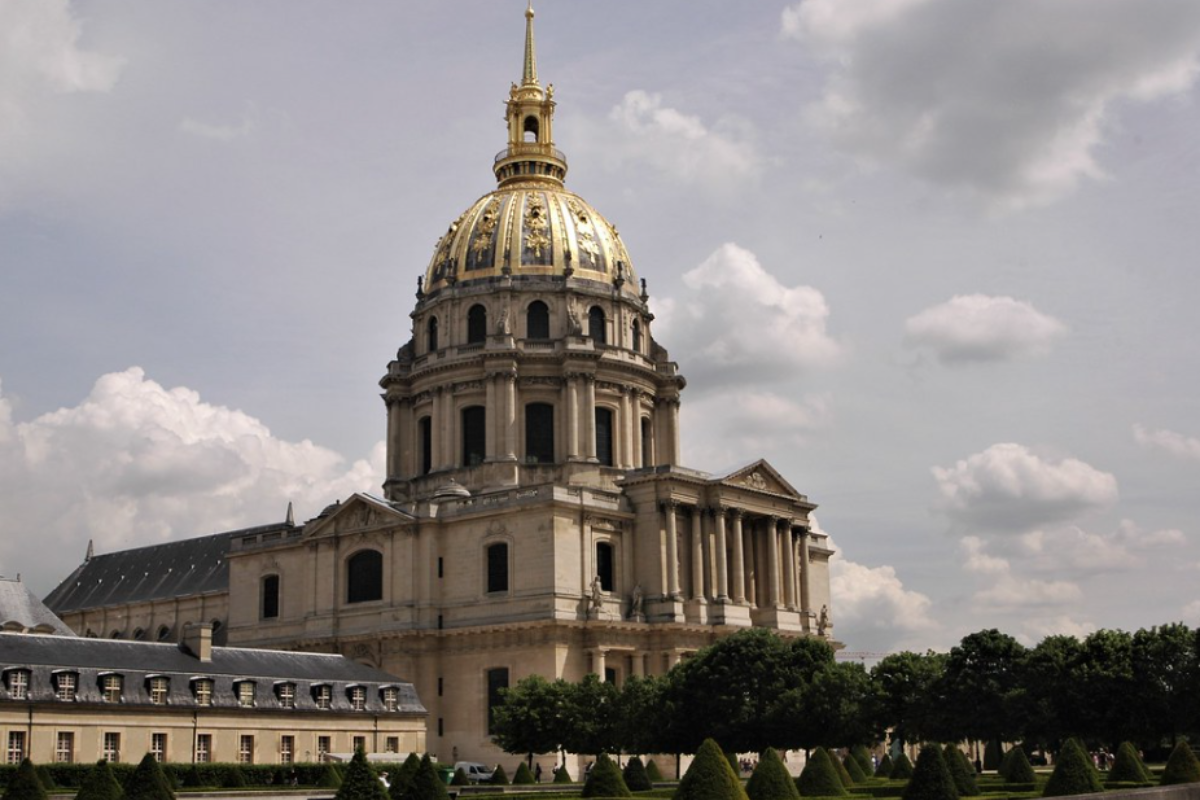
Originally built as a hospital and retirement home for war veterans, Les Invalides now houses Napoleon’s tomb beneath its distinctive golden dome. The complex includes the Museum of the Army, chronicling French military history from the Middle Ages to World War II.
Its baroque chapel, with its intricate interior decoration, rivals the grandeur of Versailles.
Like Travel Pug’s content? Follow us on MSN.
Arena of Nîmes
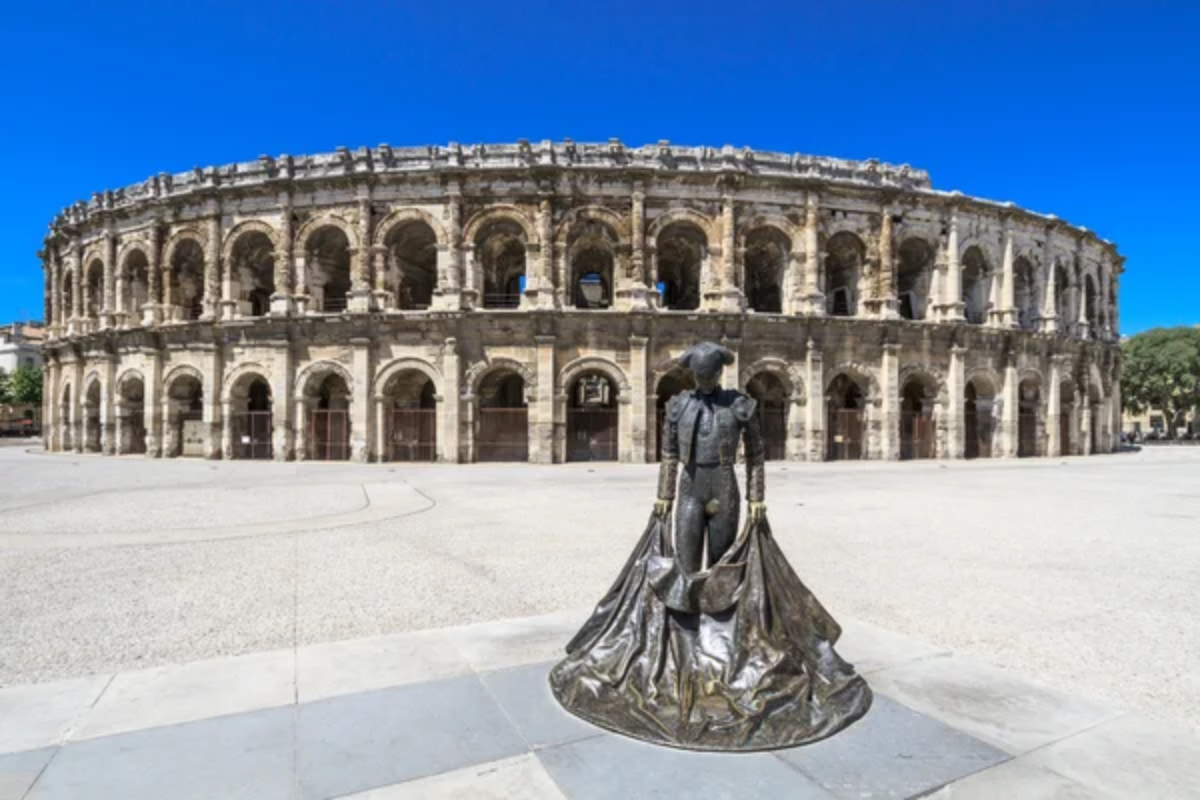
This remarkably preserved Roman amphitheater still hosts events today, just as it did 2,000 years ago. The arena’s innovative engineering allowed for quick crowd movement through its numerous archways and galleries.
Its precision-cut stones and elegant proportions demonstrate the sophistication of Roman architecture.
Abbey of Cluny
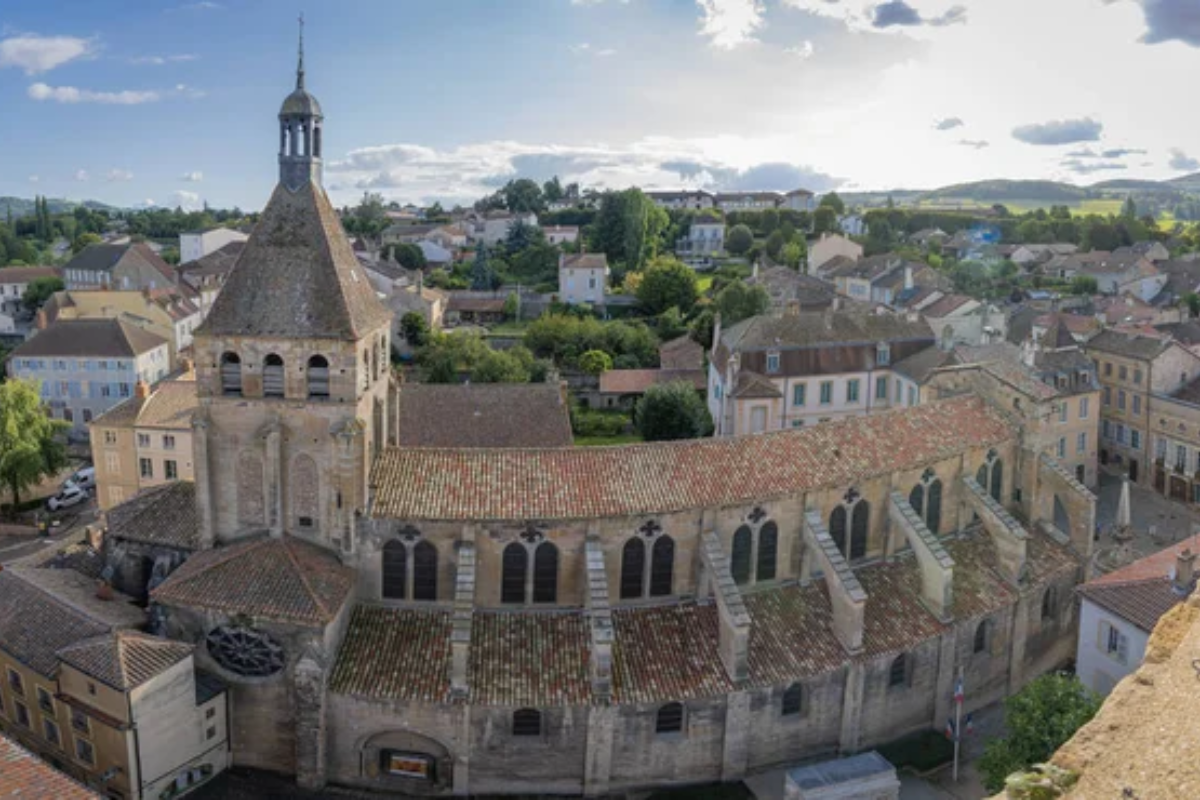
Once the largest church in Christendom until the construction of St. Peter’s Basilica, Cluny served as the motherhouse of the most powerful monastic order in medieval Europe. The abbey’s innovative architectural solutions influenced religious buildings throughout Europe.
Though largely destroyed during the French Revolution, its remaining structures and modern digital reconstructions help visitors understand its former grandeur.
Château d’If
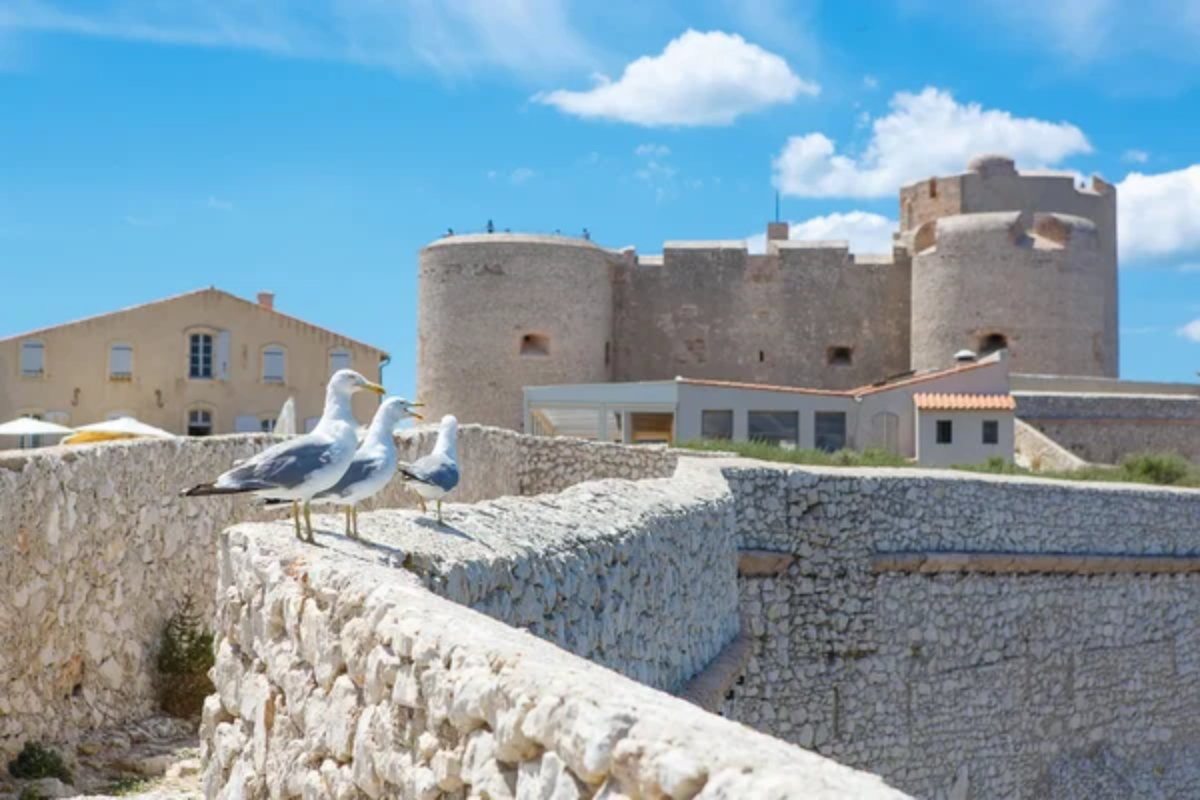
This fortress-turned-prison on a small island off Marseille gained literary fame through Alexandre Dumas’s ‘The Count of Monte Cristo.’ The château’s forbidding walls and isolated location made it the perfect prison for political and religious detainees.
Its cells tell stories of numerous prisoners, including the mysterious Man in the Iron Mask.
Like Travel Pug’s content? Follow us on MSN.
Reims Cathedral
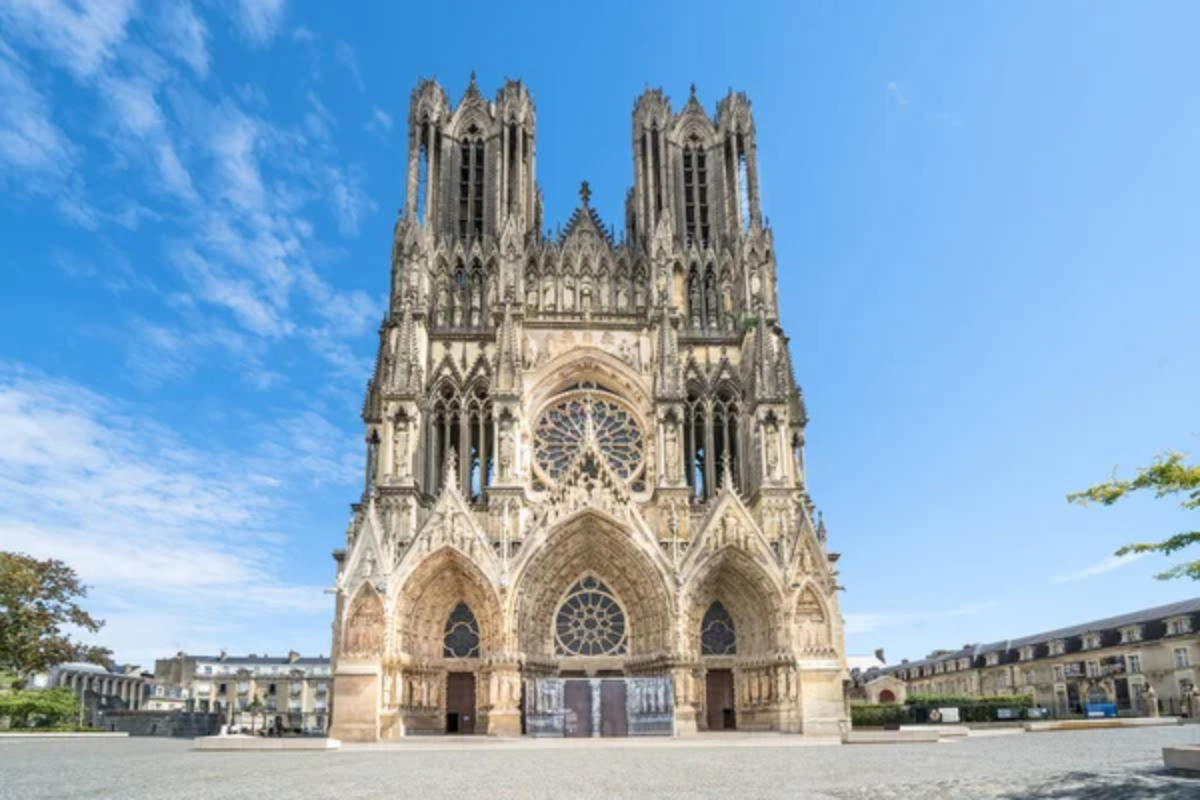
The coronation site of French kings for over a millennium, Reims Cathedral represents the height of High Gothic architecture. Its western facade features an unparalleled collection of sculptures, including the famous Smiling Angel.
The cathedral’s stained glass windows include both medieval masterpieces and modern works by Marc Chagall.
Château de Vincennes
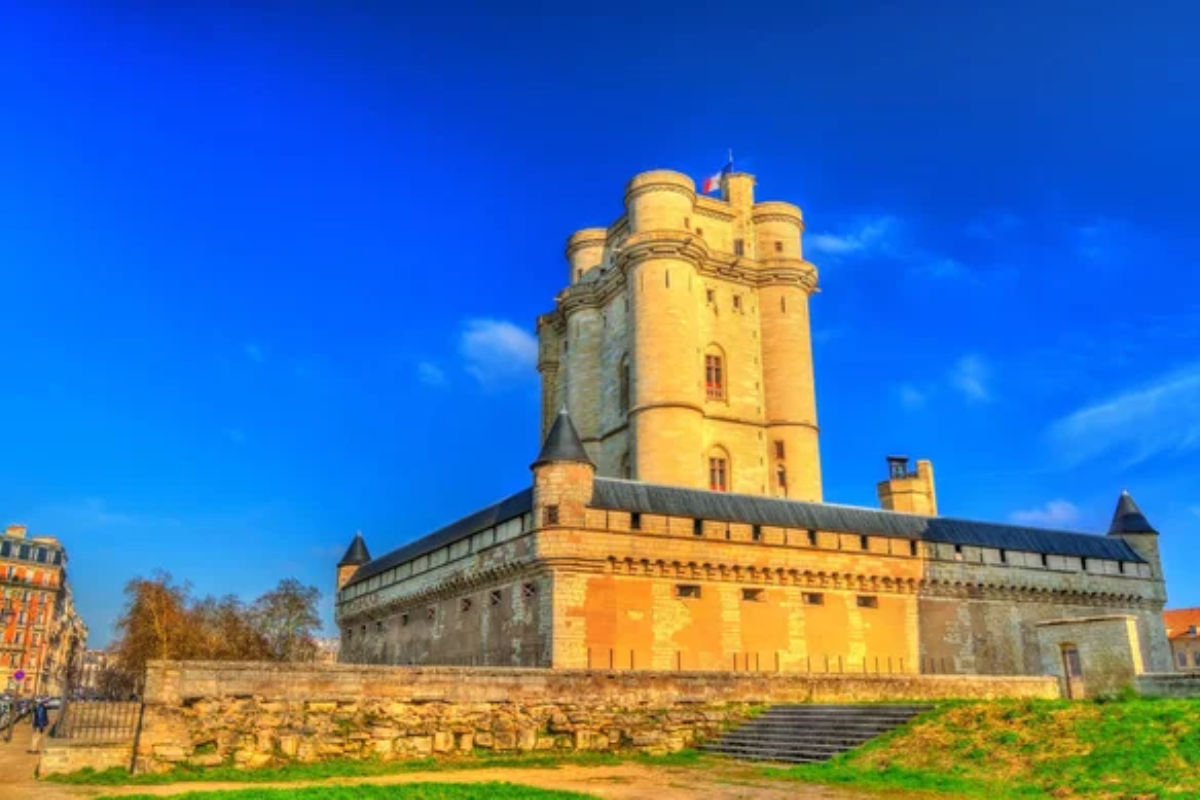
This medieval stronghold on the edge of Paris features the tallest dungeon tower in Europe, standing at 170 feet high. The château served as a royal residence from the 12th to 18th centuries, housing everything from the royal library to state prisoners.
Its restored Holy Chapel mirrors the elegance of Sainte-Chapelle in Paris.
Albi Cathedral
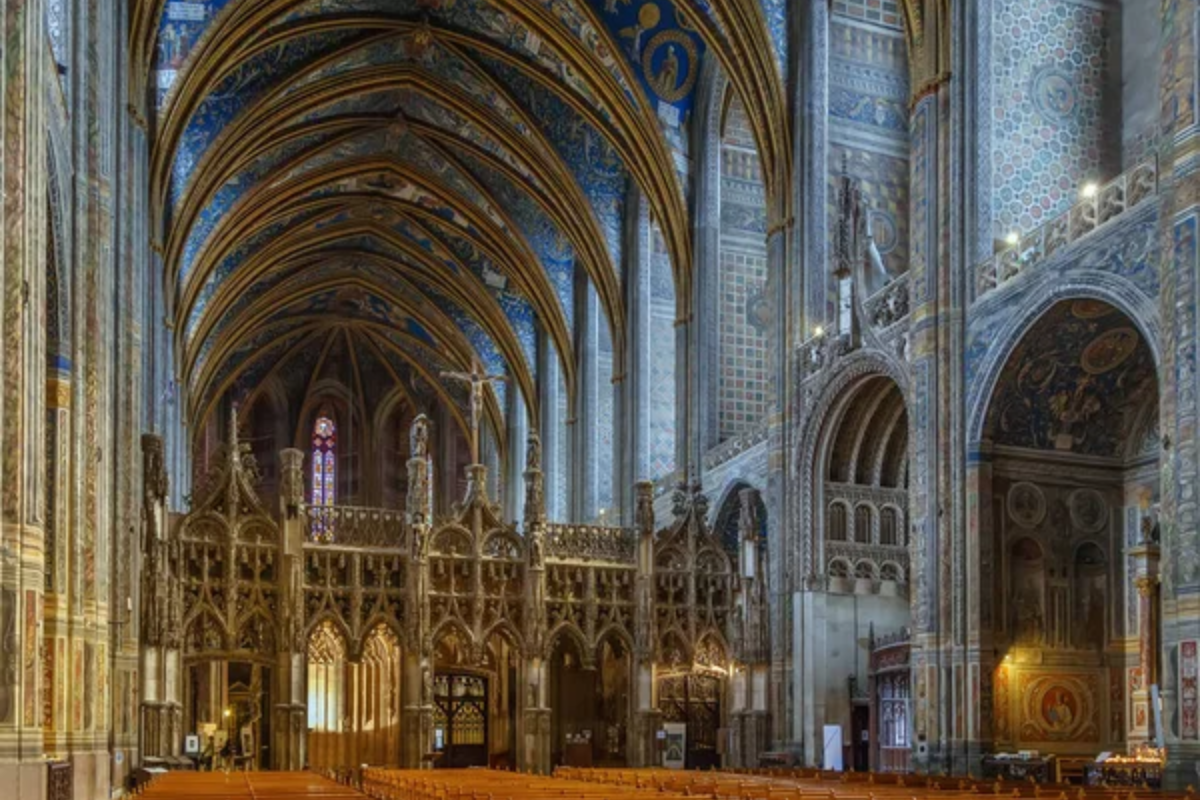
This fortress-like cathedral, built in southern French Gothic style, dominates the skyline of Albi with its distinctive brick construction. The cathedral’s interior contains the largest and oldest ensemble of Italian Renaissance frescoes in France.
Its unique architecture reflects the turbulent period of the Albigensian Crusade.
Like Travel Pug’s content? Follow us on MSN.
Château d’Amboise
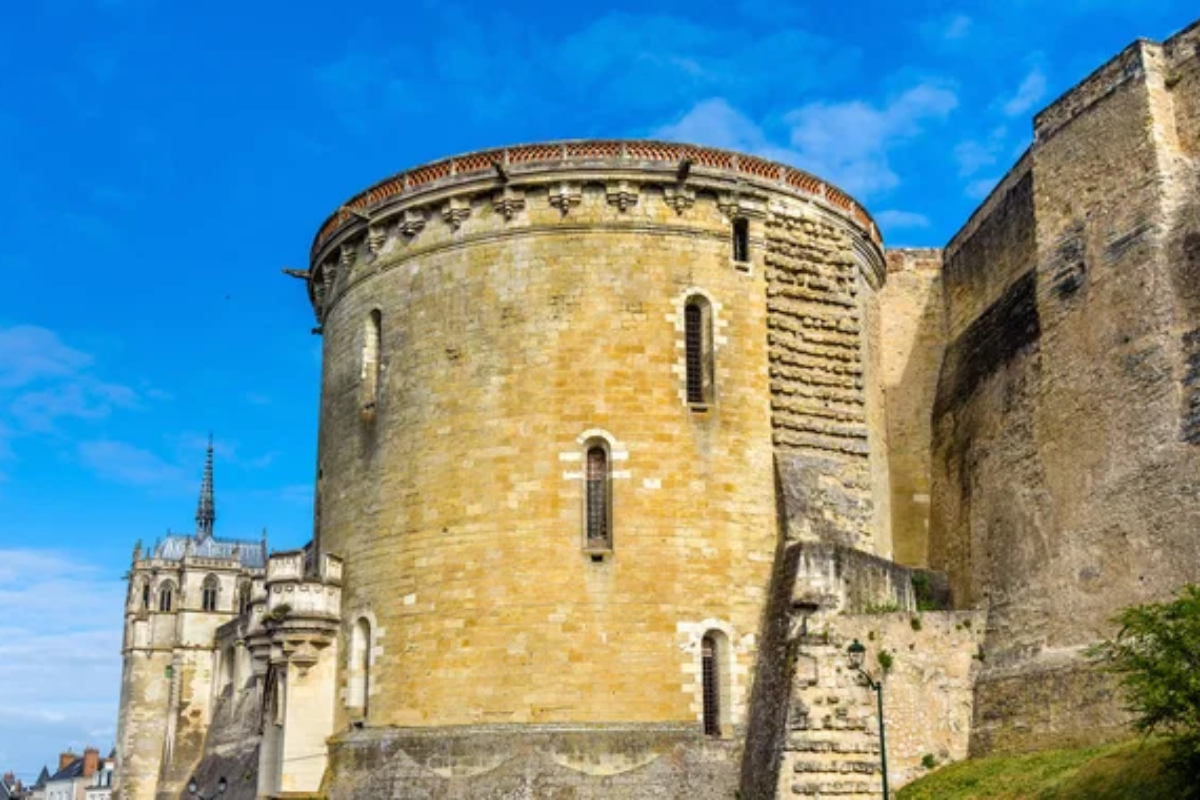
Perched high above the Loire River, this royal château witnessed key events in French history, including the death of Leonardo da Vinci. The castle’s Gothic and Renaissance architecture reflects its transformation from a medieval fortress to a royal palace.
Its Saint-Hubert chapel contains Leonardo’s tomb and exquisite sculptural details.
Roman Theater of Orange
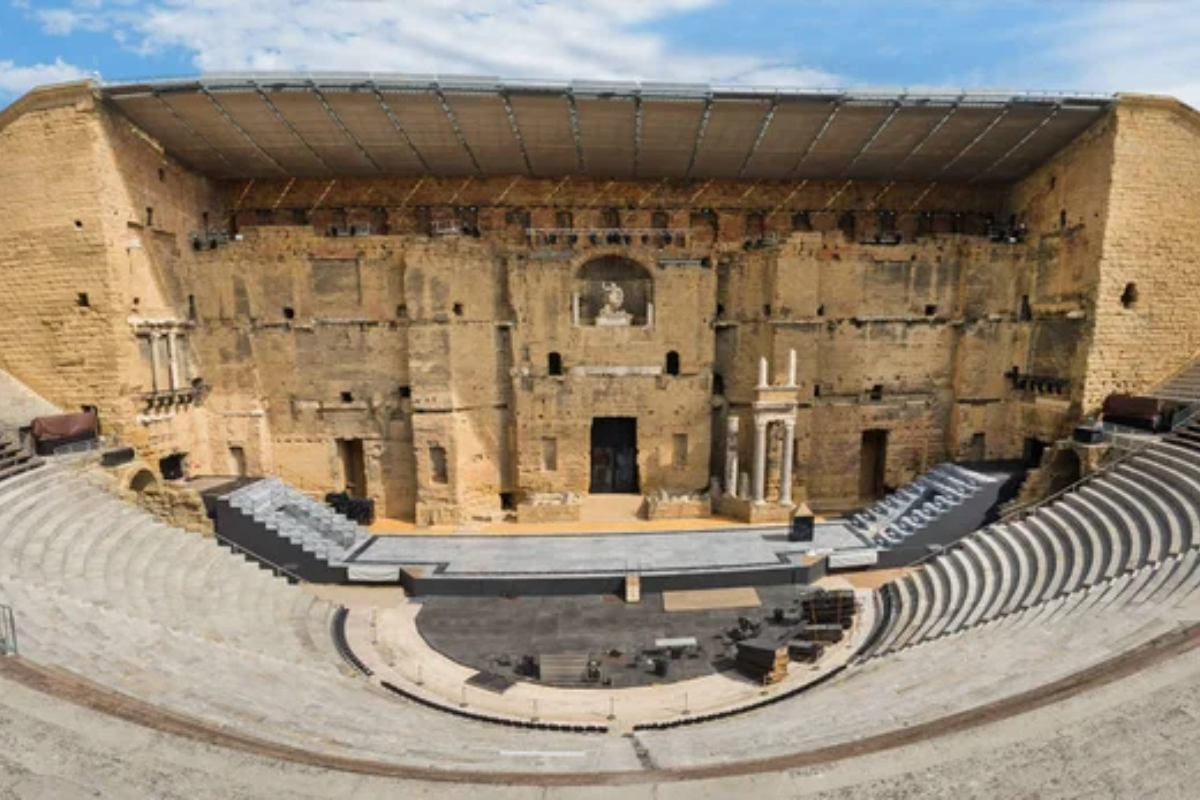
This ancient theater is the best-preserved Roman theater in the Western world, with its stage wall rising 121 feet high. The theater’s exceptional acoustics and original stage machinery demonstrate Roman theatrical innovation.
Its annual summer festival continues a tradition of performance that spans two millennia.
Conciergerie
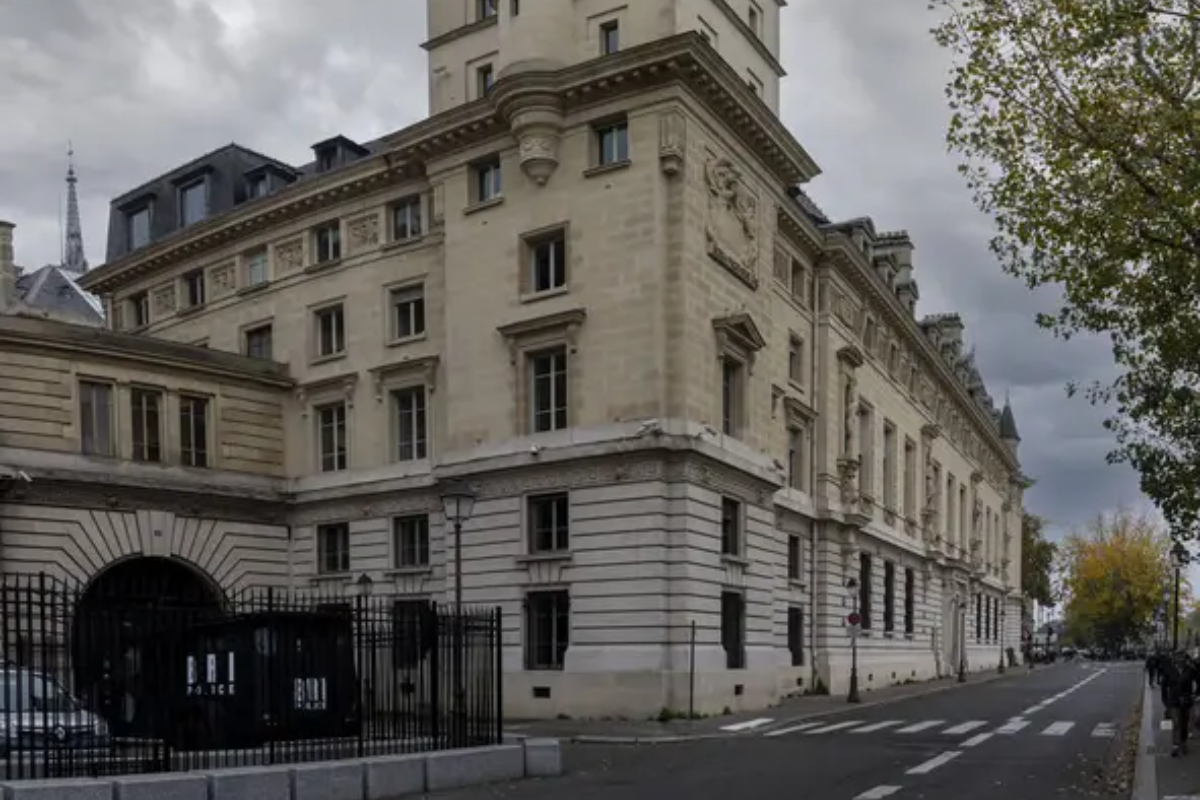
This former royal palace and revolutionary prison on the banks of the Seine played a crucial role during the French Revolution. Marie Antoinette’s cell has been preserved, offering a poignant glimpse into the final days of the French monarchy.
The medieval halls showcase some of the finest examples of secular Gothic architecture in Paris.
Like Travel Pug’s content? Follow us on MSN.
Château d’Angers

The massive walls and 17 towers of this fortress, built by Saint Louis in the 13th century, house the remarkable Apocalypse Tapestry. The château’s distinctive striped walls combine black slate and white tufa stone, creating a striking visual effect.
Its extensive gardens provide a peaceful contrast to the military architecture.
Basilica of Saint-Denis
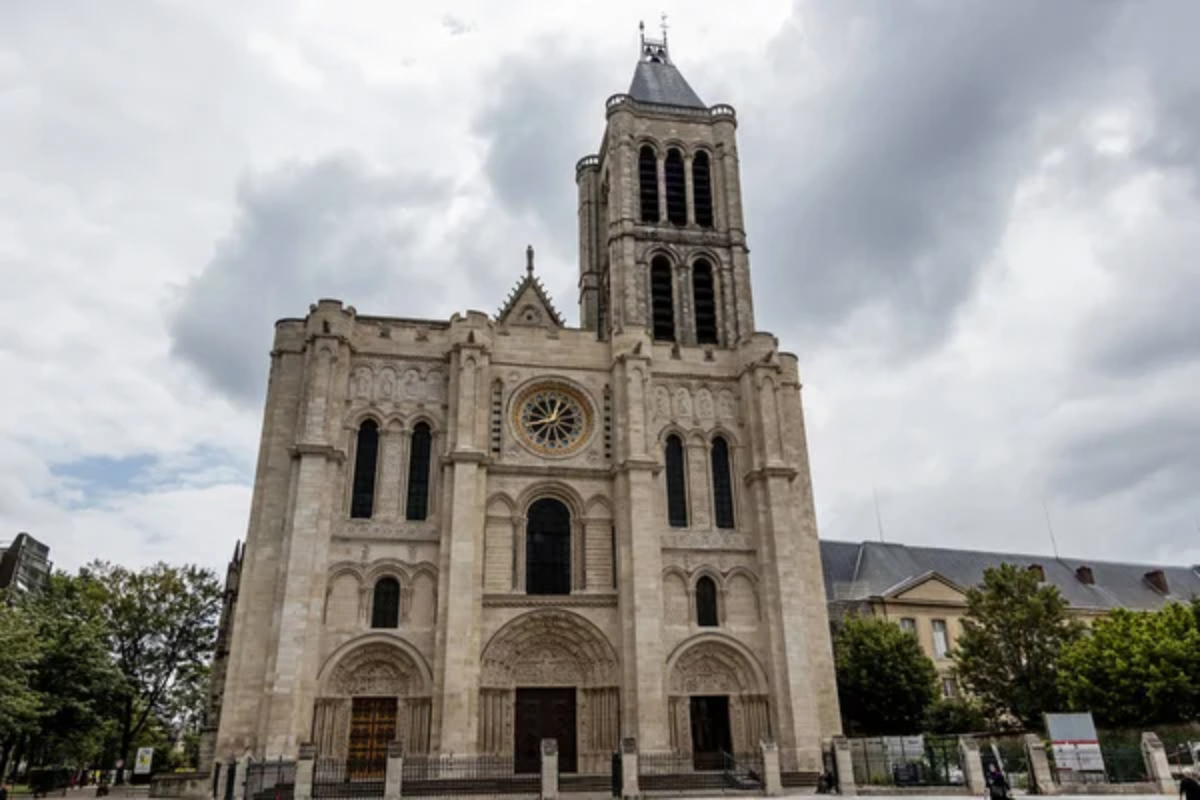
This abbey church north of Paris serves as the burial place of French kings and introduced revolutionary Gothic architectural elements. The basilica’s choir, with its innovative use of pointed arches and large windows, is considered the first truly Gothic building.
The royal tombs offer a unique overview of French funeral sculpture from the Middle Ages to the Renaissance.
Palace of Tau
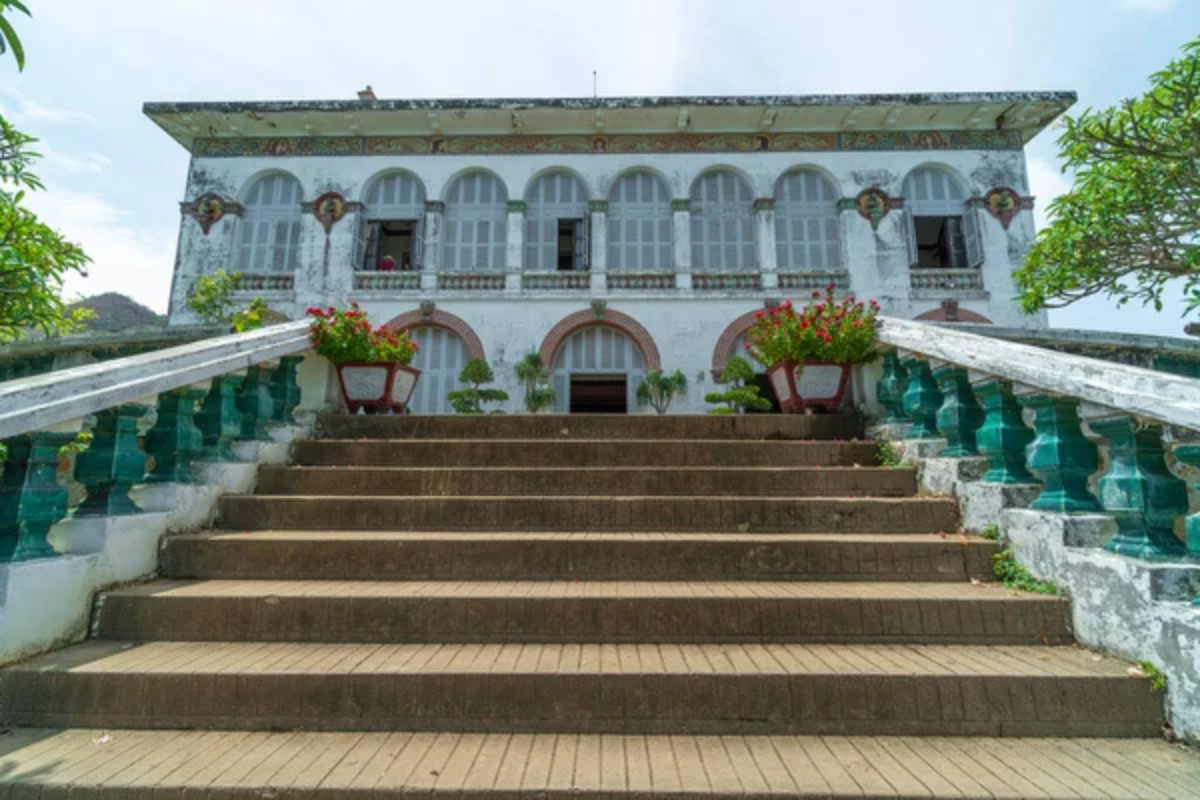
Adjacent to Reims Cathedral, this archbishop’s palace housed French kings before their coronations and displays many coronation artifacts. The palace’s architecture spans styles from Gothic to Classical, reflecting its continuous use over centuries.
Its museum houses original sculptures and tapestries from the cathedral.
Like Travel Pug’s content? Follow us on MSN.
Abbey of Sénanque
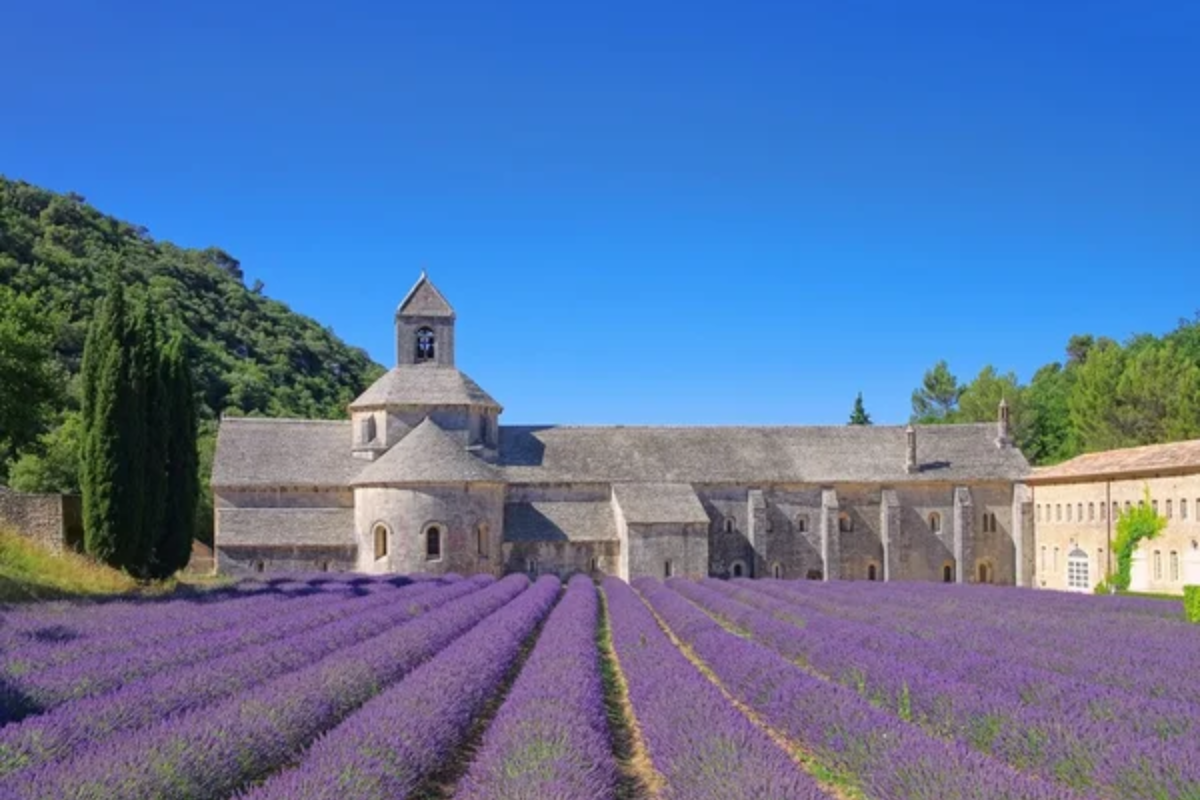
This Cistercian monastery, still active today, sits in a valley surrounded by legendary lavender fields. The abbey’s austere Romanesque architecture exemplifies the Cistercian ideal of simplicity and harmony with nature.
Its buildings preserve the traditional layout of a medieval monastery, including its chapter house, dormitory, and cloister.
Arc de Triomphe
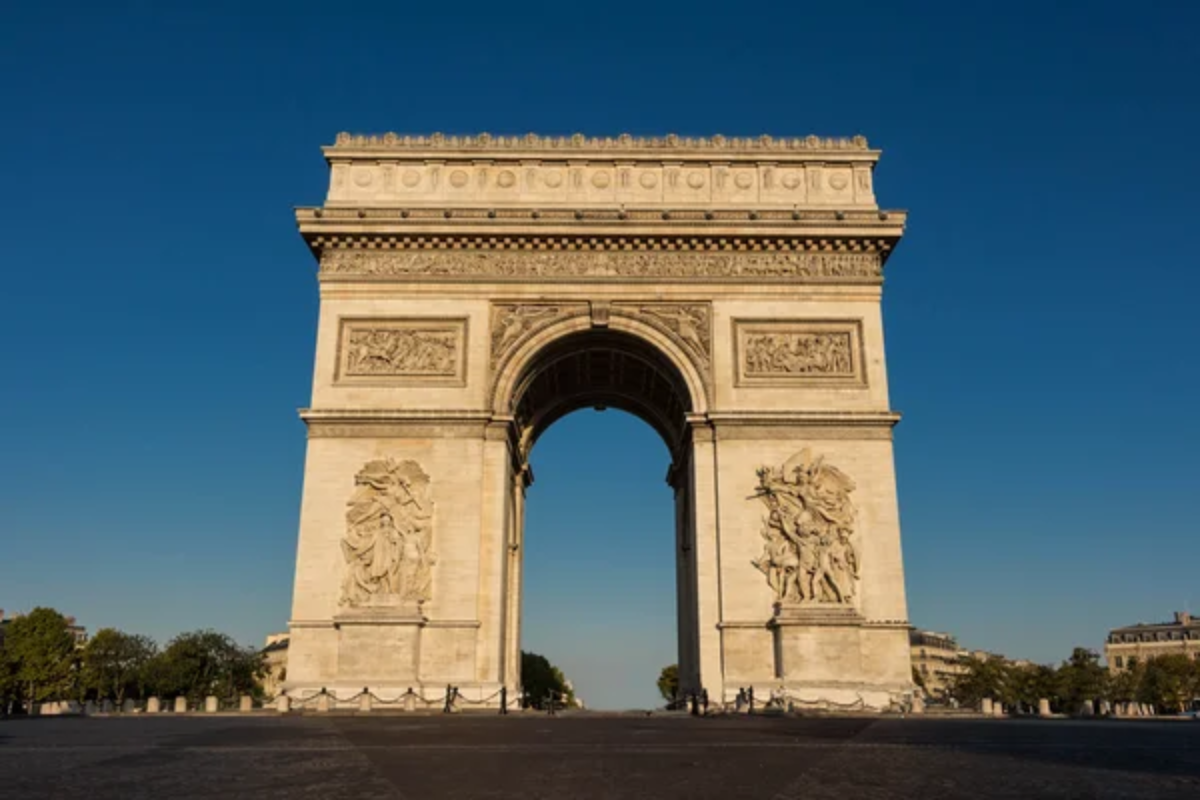
Commissioned by Napoleon to commemorate his victories, this monumental arch stands at the center of twelve radiating avenues. The arch’s sculptural groups depict key moments in French history, while names of battles and generals cover its inner and outer surfaces.
The panoramic view from its summit offers an unparalleled perspective of Haussmann’s urban design.
France’s Historic Treasures

These historical landmarks not only showcase France’s architectural heritage but also provide windows into the nation’s rich cultural tapestry.
Each site tells multiple stories, from grand historical events to intimate human experiences, inviting visitors to explore and understand the forces that shaped modern France.
Like Travel Pug’s content? Foll
More from Travel Pug

- 20 Towns Built for One Purpose That Were Later Abandoned
- 15 Hidden Spots in Disney World’s Magic Kingdom Most Visitors Miss
- 15 Most Scenic Walks Anywhere in The World
- 15 Canyons in the U.S. That Are Just as Stunning as the Grand Canyon
- 10 Under-the-Radar Mountain Towns That Are Both Affordable and Beautiful
Like Travel Pug’s content? Follow us on MSN.
